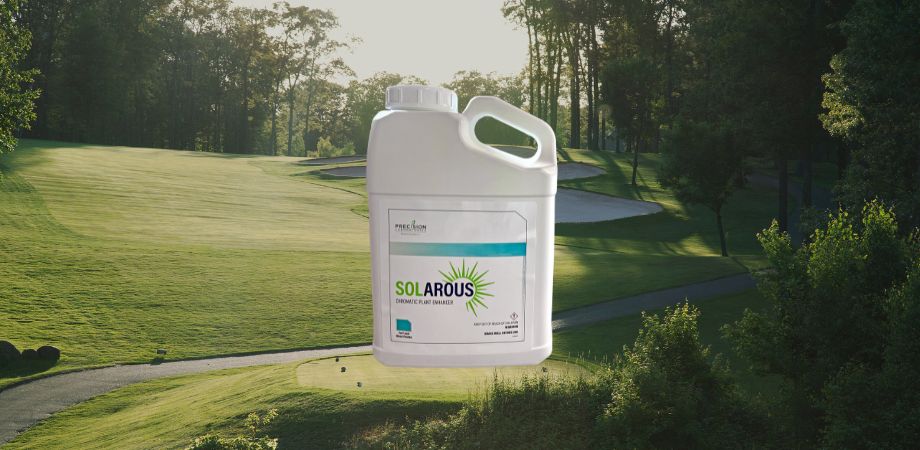Even when the snow has turned courses into winter wonderlands, superintendents are going to be thinking about their plans for next season. Developing and refining an agronomic plan is a constant, year-round process. From chemical treatments to mowing schedules and more, putting together that agronomic plan can be daunting. Fortunately, our knowledgeable golf reps have a handful of tips and tricks to help you as you evaluate your agronomic plan and prepare for the upcoming season.
Tip 1
Protect your stock. During the cold winter months, ensure all your liquid pesticides, fertilizers, fungicides, herbicides, and insecticides are stored in a heated area. Each product’s SDS should indicate its proper storage temperature range. If those products were to freeze and thaw, those conditions could compromise the integrity of the products and could cause them to be much less effective when applied the following season. – Joseph Singles
Tip 2
Hindsight is vital. Analyzing what went well and what didn’t is key. Reevaluate your agronomic plan after each season to determine what could have gone better and what may have caused less-than-optimal results. Then, ask your representative for their feedback and ask them for different options that can improve your results next year. Combine your rep’s knowledge with your own research and then implement a change or two in next year’s agronomic plan. – Dave Pentelow
Tip 3
When analyzing your agronomic program, be sure to take a critical look at the key issues you face on your property. Specifically, identify the most common disease issues you fight and key in your timing specifically to stay ahead of those difficulties and critical diseases. Remember: An ounce of prevention (or whatever the label recommends) is going to mitigate issues quickly. – Ryan Smith
Tip 4
Determine expectations for turf performance and detail the expenses and inputs necessary to match. Having a thorough understanding of what your clients or owners expect from their golf course is paramount to planning for the time and creating the resource list to achieve that performance.
A turf manager needs a historical perspective of turf performance. What are the strengths and weaknesses of the site? For example, for a golf facility with DMI-resistant dollar spot, avoiding the use of DMI fungicides during active periods of dollar spot activity will be a necessity.
Knowledge of the major limiting factors of the turf site is also very important. An example would be water quality and availability. Varying levels of water quality, availability, and ability to apply effectively will dictate many components of the agronomic plan. – Ryan Baldwin
There is no one-size-fits-all approach to an agronomic plan—everyone’s course is different—so reach out to your rep for an individualized approach. They’ll be able to guide you through the practices and products you can use to make your agronomic plan as effective as possible.












